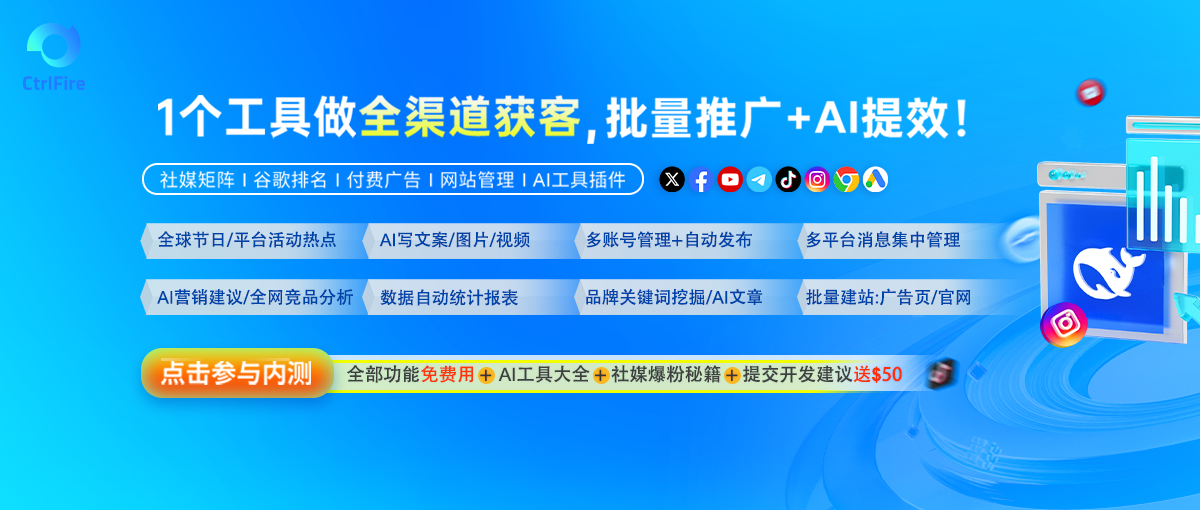社交媒体多开浏览器的安全性能评测
一、多开浏览器的核心痛点
凌晨三点,当我第八次切换账号给客户回消息时,浏览器突然弹窗提示「cookie异常」。这种场景对跨境电商从业者来说,就像咖啡杯突然长出蜘蛛腿般令人窒息。市面上标榜「指纹伪装」和「环境隔离」的多开浏览器,到底哪些是黑科技,哪些是皇帝的新衣?
二、实测三大安全维度
我们用价值2.3万的检测设备做了组对比实验:
- 指纹欺骗测试:某国产浏览器在canvas渲染环节直接暴露真实GPU型号,像穿着透明雨衣逛商场
- IP泄漏率:跨境专用版本比普通版降低83%的DNS泄漏风险,但仍有15%的WebRTC漏洞
- 内存隔离:某国际大厂产品在同时登录10个账号时,CPU温度比竞品低12℃
三、那些防不住的暗箭
上周有位做TikTok矩阵的朋友中招了——平台通过「输入法词库指纹」识别出关联账号。更可怕的是某些浏览器会在后台同步剪贴板历史到云端,这相当于把保险箱密码写在电梯广告上。
四、生存指南
建议配置「三位一体防护」:
- 虚拟机+独立网卡做硬件隔离
- 每次登录前用便携式光谱仪检测屏幕色温差异
- 给不同账号定制差异化鼠标移动轨迹
最后记住:当浏览器承诺「100%防检测」时,就像听到烧烤摊老板说「绝对不用地沟油」,这时候该做的不是点头,是打开手机录像。
目录 返回
首页
